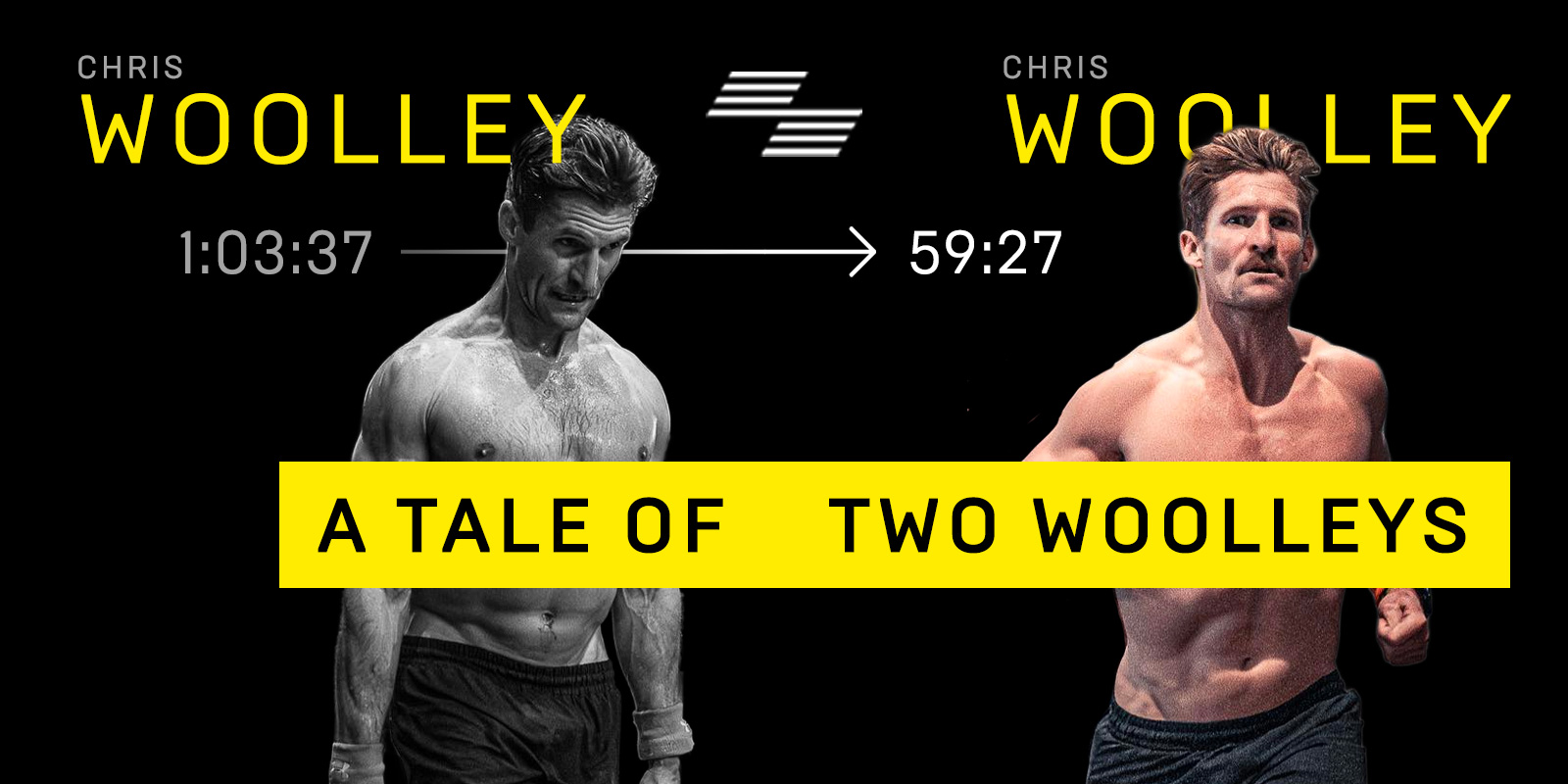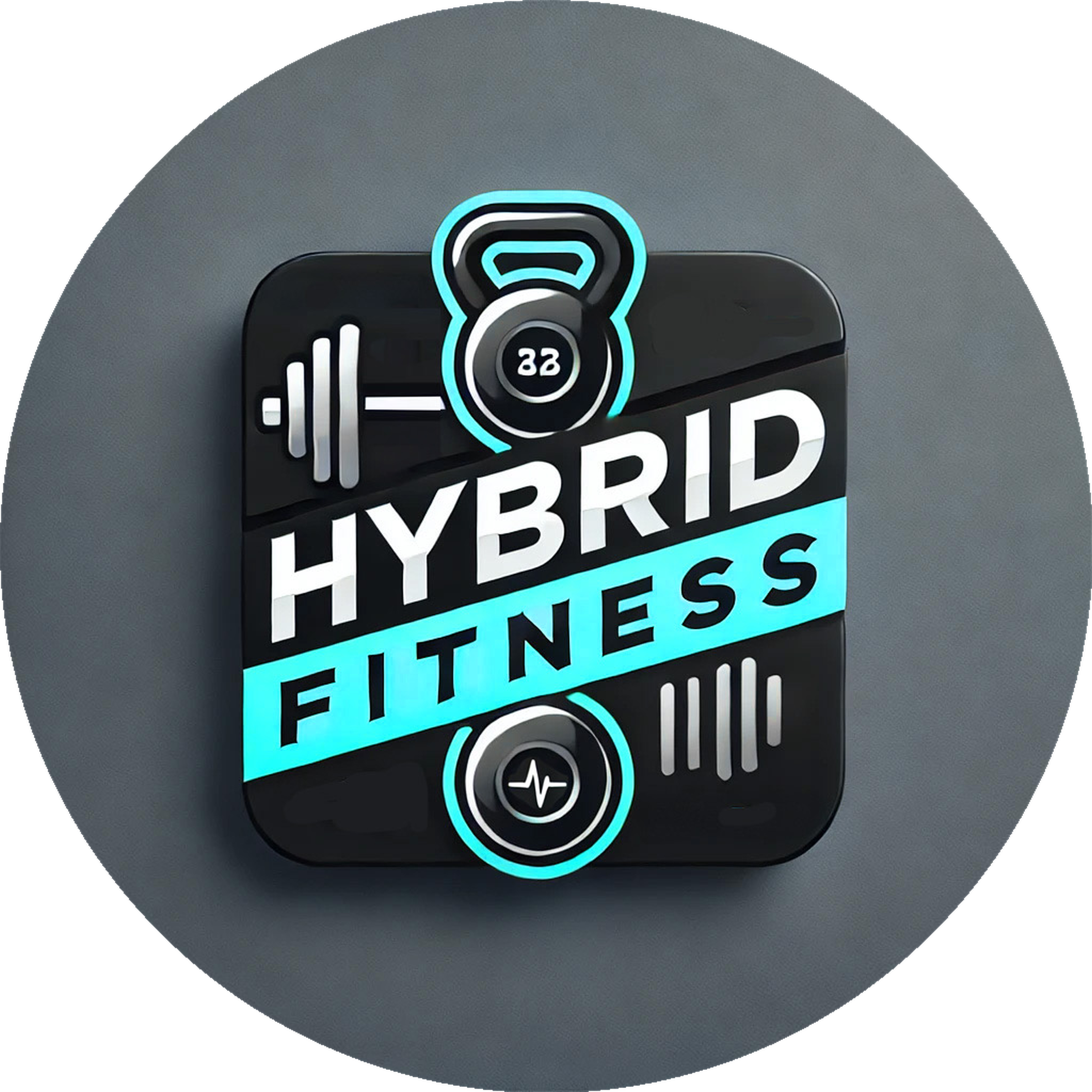
Two weeks ago at HYROX Sydney, Chris Woolley was sitting on the rower next to James Kelly, comfortably in second place. The two even joked, “Where’s CrossFit?”, while they waited for Ricky Garard & James Newbury, two seasoned CrossFit athletes, to join them. After leaving the row, Chris struggled with his last 3 runs, his sandbag lunges, and his wall balls, opening the door for Ricky to surpass him. Chris took over 6 minutes to finish his 100 wall balls and finished HYROX Sydney in a disappointing 1:03:37.
View this post on Instagram
Chris took to Instagram to admit the wheels came off later in the race. He’s been training to break the Murph world record and had a feeling the wall balls might be a struggle. He’s probably been focusing on pushups, pullups, and variations of those exercises, as they are crucial to putting up a fast Murph time.
Woolley even commented to James Kelly, the winner of HYROX Sydney, “I’ll bring an engine next time.”
Well, at HYROX Melbourne, Chris Woolley brought his engine and performed like we know he’s capable of performing, finishing first in a time of 59:27… 4 minutes, 10 seconds faster than two weeks ago.
How did Chris manage to improve his time by over 4 minutes? Let’s take a look at his splits.

Spoiler Alert: Woolley was faster at just about everything in Melbourne, but there were some stations where he made significant improvements. And like he promised James Kelly two weeks ago, the guy brought his engine!
Running
In Melbourne, Chris’ running times were better across the board. The first & last runs at every HYROX vary in distance, because of the ROXZONE setup and general layout of different venues, so we should throw those times out. For example, in Melbourne, athletes actually had to leave one building, run outside, and enter another building on their last run, just to get to the wall ball station and finish line.
When we look at runs 2-7, they were super consistent. He ran his second lap in 3:19, but the rest were all between 3:33 and 3:39. In Sydney, he got progressively slower. Overall, Chris ran 2:07 faster in Melbourne, clocking an impressive 3:41/km (5:55/mi) pace throughout the 8k.
It’s worth noting that different HYROX venues can create variations in running times. Athletes can run 2, 3, or 4 laps to get 1,000m, depending on how the event is set up. HYROX obviously measures the distance and does the best it can to get exactly 1,000m, but most veteran HYROX athletes will tell you that no two courses are exactly the same.
Typically, when an athlete shaves 2 minutes off his station times, it comes at a cost. The harder you work on the stations, the slower you run. The same thing goes for when you run faster, your station work usually suffers, at least a little bit. Chris improved both in this race, by a fairly significant margin. That begs the question: Just how much did this run course differ from that at HYROX Sydney?
Stations
Woolley’s machine work was pretty consistent from Sydney to Melbourne. His ski & row times were similar, as were his burpee broad jumps and farmer’s carry. Where Chris really made up time in Melbourne was the sleds, lunges, and wall balls—although still not as much time as you might think on the wall balls.
| Station | Sydney | Melbourne | Improvement |
| Sled Push | 2:40 | 2:14 | 0:26 |
| Sled Pull | 4:08 | 3:28 | 0:40 |
| Lunges | 3:47 | 3:26 | 0:21 |
| Wall Balls | 6:09 | 5:33 | 0:36 |
Chris’ overall station time was an even 2:00 faster in Melbourne, and a majority of that time was made up on these 4 stations.
Sled Inconsistency
We did look at sled times across the board in Sydney vs. Melbourne, as the carpet material and friction can vary from venue to venue. But the top 20 men’s sled push times were actually faster in Sydney (there was no notable difference with the women). So that leads me to believe that the sleds in Melbourne were not easier than in Sydney, and that shouldn’t have been a major contributing factor to Chris’ improved time.
However, Matt talked with Rich Ryan about Chris Woolley’s times, and Rich still has questions. The sleds have long been a point of contention in HYROX, and here we are, still talking about their impact on overall times.
Rich makes some good points, but what they don’t discuss is the possibility that Chris just had a bad race in Sydney. While it’s true that we don’t often see elite athletes with huge discrepancies in time from race to race, 4 minutes isn’t unheard of. However, it is on the high end of the spectrum.
There are still obvious differences in every HYROX event, and we almost all agree that we’d love to see those standardized (or at least get closer to standardized). Regardless of the course differences, I think we can still definitively say that Chris ran a much more polished race in Melbourne, and showed us what he’s capable of in the sport of fitness racing. And he did so without much competition, with the next closest finisher almost 2 full minutes behind him.
If Chris shows up with his engine, a specific training block leading up to the race, and a handful of fast athletes to chase down, he’ll continue to be a podium threat at any HYROX race.

Recent Comments